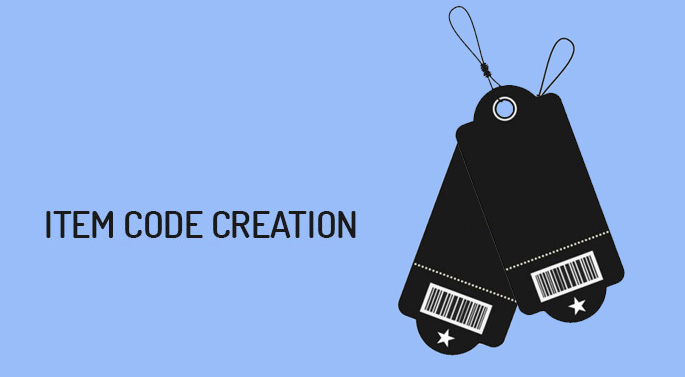The Item Codes Problem?
One will be surprised at the mess that many organizations face with this single number. The ubiquitous Item identification numbers or item codes are used to uniquely identify items by an organization that are either carried in an inventory or need any form of tracking. These codes help in speeding up the process of data entry and inventory management and some companies either call them ‘part numbers’, ‘model numbers’, ‘product codes’ or SKU numbers.Well you can call them anything but when done wrongly they create many issues. Any system that cannot uniquely identify an item cannot effectively keep track of its activity within the manufacturing unit.
Intelligent coding of inventory items is one of the most important activities in an ERP or PLM implementation for most organisations especially the ones in manufacturing apparel. A software probably PLM can allocate new numbers to the items being generated in an apparel manufacturing unit. Companies should have a system to automatically assign the next available number to an item, based on the set rules. PLM reduces the problems related to multiple numbering of the same information such as part #s, spec #s, equipment #s, providing cross-references. It allows data to be retrieved by any number that is applicable to it. For example, customers can enter a supplier part number and find the internal id number and access the record/document itself in one go.
Today, rules-based identifier creation service for the generation of item codes helps a lot. Also called as sequences, the service is used for unique identification of any object such as part numbers, document numbers, supplier IDs, corrective action IDs, ECR #s, etc. Apparel companies can club the automatic item code generator with apparel-related specific attributes such as classification, lifecycle stage, etc. to create intelligent numbering schemes. It is surprising to find that many ERP implementations especially in the Apparel Industry the approach towards this numbering scheme is manual, which no wonder results in most organisations finding that their inventory items have been wrongly coded or not coded at all. Further, issues related to access to a particular item and creation of new item codes are also faced. Most of the times, these problems are related to raw material classification and usable item rather than finished product items. Besides, there are no multiple searchable identifiers discovered by ERP, which results in lack of control on the inventory items, wrong evaluation of inventory, item duplication, wrong classification and lack of real time inventory data. Even though both PLM and ERP are project management software, each has a different role to play. ERP focuses more on the cost and time management, while PLM takes care of the resources and work-in-progress and thus might be better for item coding especially the ones that might not see production.So having the source of Item Codes again auto generated in a PLM system can help the overall process than having an Item Code generated in ERP.

